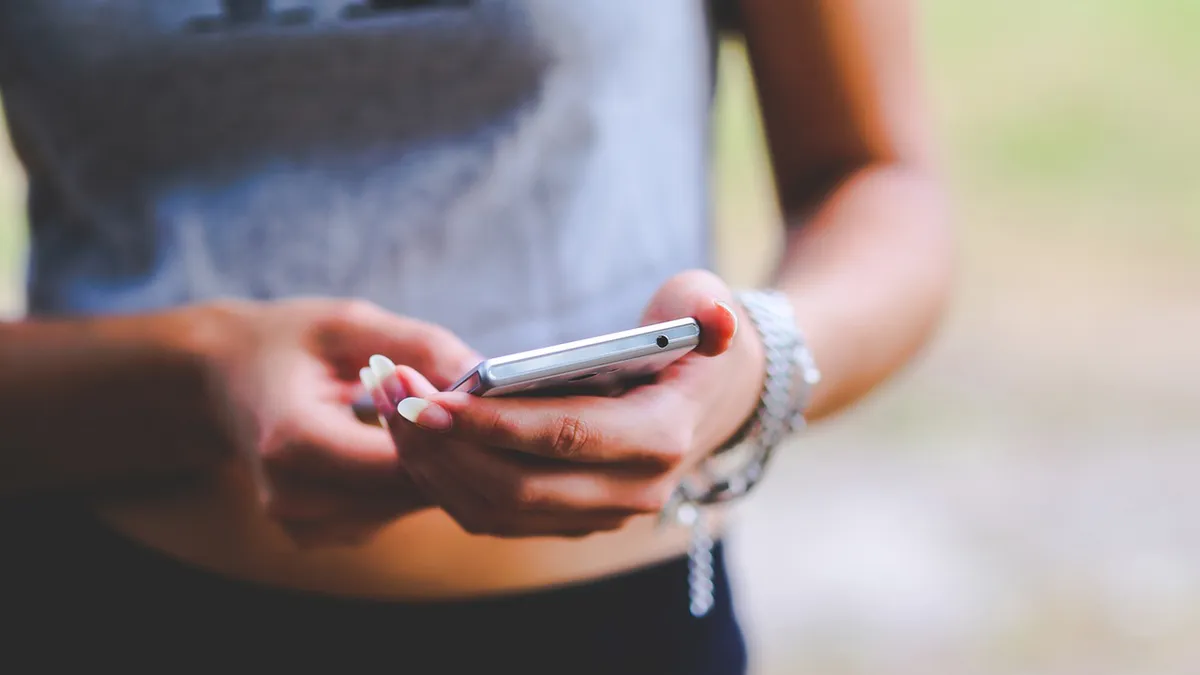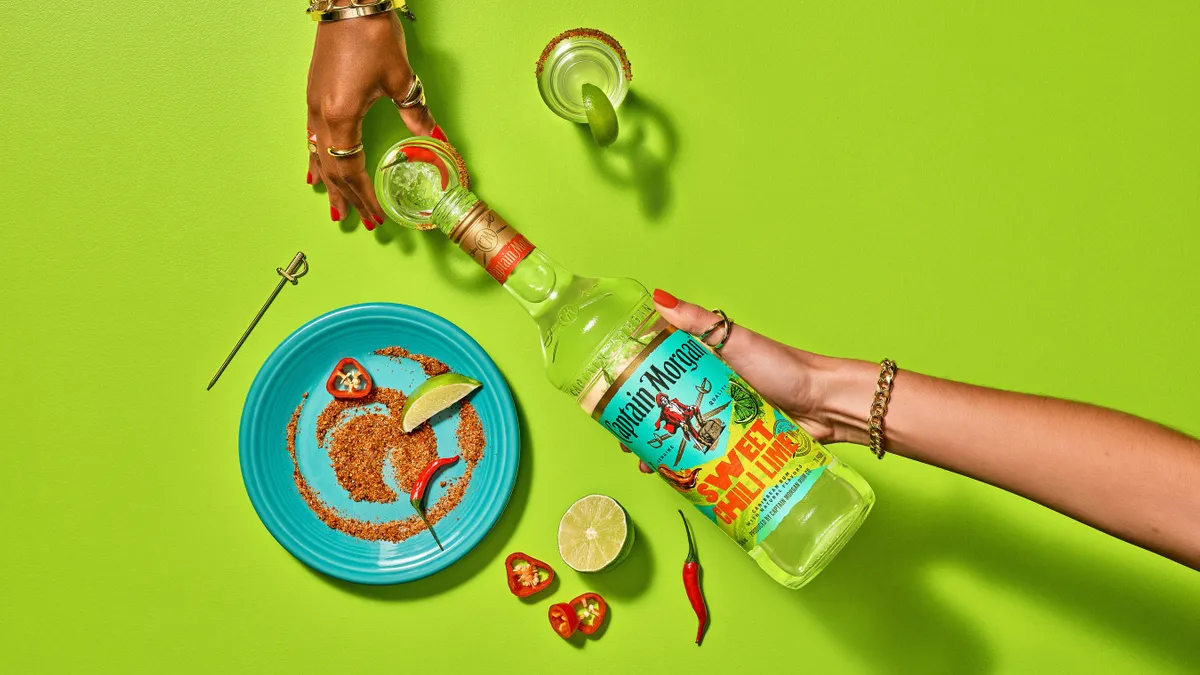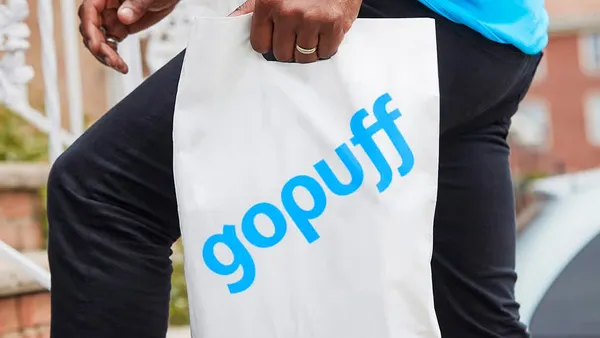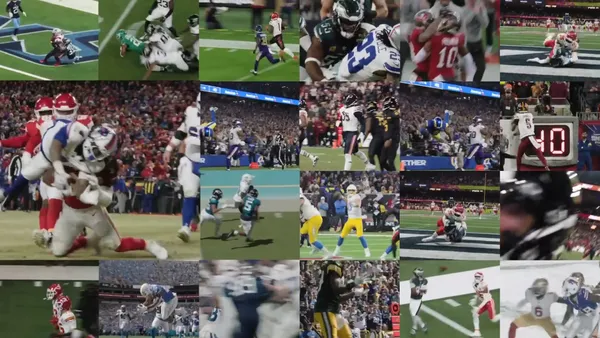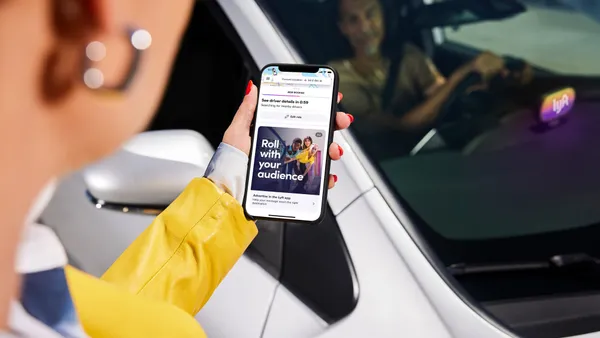Brief:
-
Brand-safety incidents almost tripled on mobile devices in the past year, worrying marketers who advertise in apps, per a report that media verification company DoubleVerify shared with Mobile Marketer. The 194% global jump in brand-safety incidents was accompanied by a 120% increase in fraudulent apps for connected TV and mobile, the analysis found.
-
Since 2017, the brand safety incident rate has increased five fold, indicating that marketers are more vulnerable to apps that place their ads next to fake news and inflammatory content. Per the report, 90% of advertisers actively avoid divisive politics and fake news, a trend that is only growing.
-
Viewability overall saw a steady climb across platforms with mobile web catching up to desktop; Mobile app display and video both exceeded 70% viewability, per the report, surpassing the 56% rate for display ads on desktop and mobile web platforms. Video ad viewability in mobile apps is 73%, exceeding the 64% rate for desktop and the 56% rate for the mobile web.
Insight:
The report underscores the ongoing problem of brand safety on mobile even as marketers also have to contend with fraud in the channel. As DoubleVerify notes, brand-safety incidents can be more harmful because they involve consumers who see ads among objectionable content like pornography, terrorist propaganda, hate speech and the sexual exploitation of children. "Brand safety is corrosive to a brand’s equity — with a lasting impact on consumer loyalty and likelihood to transact," according to the report.
Concern over brand safety has led to temporary advertiser boycotts of digital media platforms like Google’s YouTube on several occasions. Marc Pritchard, chief brand officer of CPG giant Procter & Gamble, in April criticized the digital media industry for fraud, privacy breaches, lack of transparency and extensive violent and harmful content placed next to ads, calling for a reinvention of the landscape. While the DoubleVerify report doesn't get into what's driving the increase in brand safety incidents, programmatic is widely viewed as a major contributing factor.
Twitter and Facebook's efforts to crackdown on political propaganda support DoubleVerify's prediction that brand safety will be top-of-mind for advertisers, especially with the U.S. election right around the corner. Social media users on these platforms are susceptible to fake news; American adults who prefer to get their news from Twitter or Facebook are more likely to share fake content than those who depend on conventional channels such as newspapers, TV or websites for news, according to a study by Pew Research Center. Even ads on Snapchat, once considered "safe" for advertisers because of human publishing editors, received bad publicity when they directed users towards inflammatory false clickbait.
In light of this concern, Twitter is cleaning up its platform for this year's U.S. elections to disrupt propaganda activities by other countries. The company this week announced in a transparency report that it had suspended about 4,800 accounts, suspecting they were being run by the Iranian government, and four accounts were possibly associated with Russia's Internet Research Agency (IRA). Facebook is in a similar boat; last year it faced withering criticism over alleged abuses of its social network by political campaigns and meddling foreign governments. The platform is trying to crack down on fake news, inflammatory speech and political propaganda in dozens of countries.


